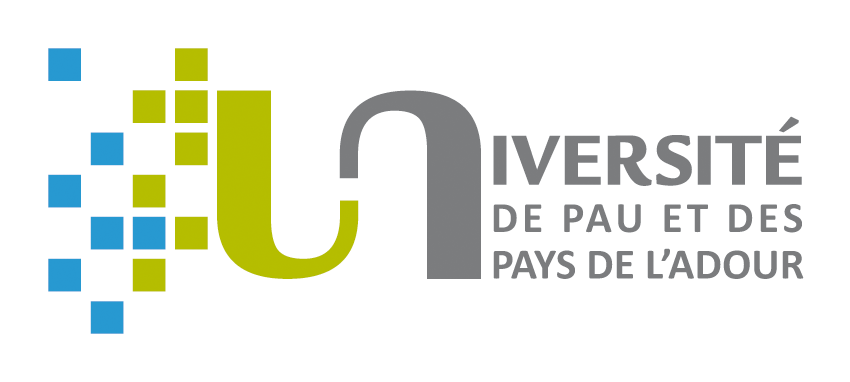Pollution Haven and Corruption Paradise
Résumé
In this paper, we present a simple theoretical extension from the Economic Geography literature to characterize the main features of pollution havens (lax environmental regulation, good market access to high-income countries and corruption opportunities). Using structural and reduced-form estimations, we find that pollution havens are not a “popular myth” for European firms, laxer environmental standards significantly explain the location choice of polluting affiliates. We analyze in depth the role of trade costs (using various bilateral and multilateral measures), a 1% increase in access to the European market from a pollution haven fosters relocation there by 0.1%. We also find that corruption lowers environmental standards, which strongly attract polluting firms: a 1% increase of corruption fuels relocation by 0.28%. We test the economic significance of these empirical findings via simulations. The protection of the European market (e.g., a carbon tax on imports) to stop relocations to pollution havens must be high (a decrease of the European market for Morocco and Tunisia equivalent to 13%) not to say prohibitive (31% for China).
